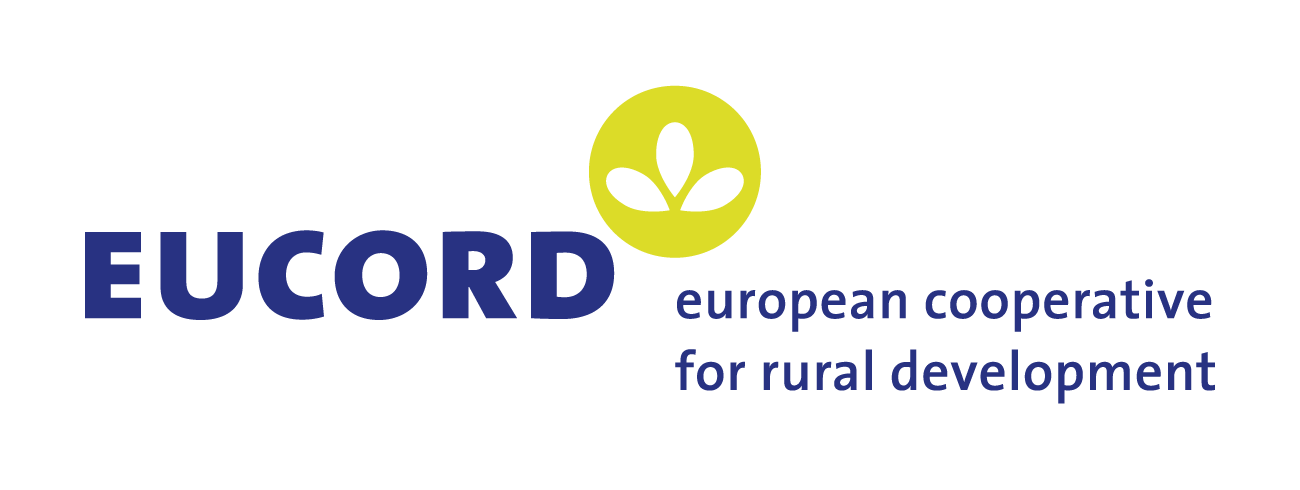East African Sorghum Value Chain Development, 2009-2014
Donors:
Uganda Breweries Ltd., Diageo, Common Fund for Commodities
Goal
The objective of the project is to implement a public-private-partnership project to develop a stable and high-quality sorghum supply chain to increase incomes of sorghum farmers and enable national beverage industries to substitute imported grains by locally produced sorghum. The project targets were to produce 10,000 MT of sorghum and reach out to 25,000 households earning cash income.
What we do
This project was designed in collaboration with Uganda Breweries Ltd (UBL), a subsidiary of Diageo (UK). The project objective was to develop a stable and high-quality sorghum supply chain that increases incomes of sorghum farmers and enables the national beverage industry to substitute imported grains by locally produced sorghum. The partners in Uganda were Sasakawa Africa Association (SAA/Uganda), Farmers Centre, Agrinet, Jolah, Ololongoh and Glorich EL. In Northern Uganda, EUCORD has partnered with Mercy Corps to support partners in the promotion of sorghum farming in this region.
Accomplishments
In the third year of the project, the volume target in Uganda was already reached (i.e. 10,000 MT). The implication of the accomplishment was two-fold. Firstly, the transition from a EUCORD led supply chain to an UBL-led one could already start at the end of the third project year. Secondly, the UBL staff was capably enough to launch a second local supply chain, one focused on local cassava.
Since the inception of sorghum project, there was a notable increase in demand for better quality seed (high yielding and drought tolerant sorghum varieties like Sila), increased yields per acre due to adoption of good agronomic practices, increased farmer adoption of post-harvest handling (PHH) i.e. the use of tarpaulins for drying, and good storage management practices. Current practices commonly applied include bulk input purchase, drying grain on tarpaulins, use of moisture meters, which has reduced post-harvest handling losses.
Partner Sasakawa Association/Uganda (SG2000) recruited and trained 25 high association level service providers (CATs or Commodity Association Trainers) and 125 village agents/community based facilitators (CBFs) each working with 80-100 farmers. Farmers reported an increase in price of produce from 500/= (0.2$) before to 1,100/= (0.44$) per kg on average derived from collective sale of better quality sorghum. Also important to note is cash on delivery to farmers by traders, trust from UBL on its commitment to buy and communication of the price to all stakeholders, cultivated confidence in the whole value chain and motivated farmers and produce buyers to further improve sorghum quality. It should be noted that the CATs facilitated small level meetings, access to inputs, and procurement of produce and training of the farmer. One way of sustaining the production and markets was by having local seed production and timely delivery of inputs. The CATs further mobilized more farmers through Village Agents who work with the lower level farmer groups. SG2000 was rated as the best supplier considering the models used, and taking into account the quantity and quality of sorghum delivered to UBL.

